Personal trainers are well-versed in working muscles, but what about the tendons and ligaments that hold the muscles to each other and to bone? These…
READ MORE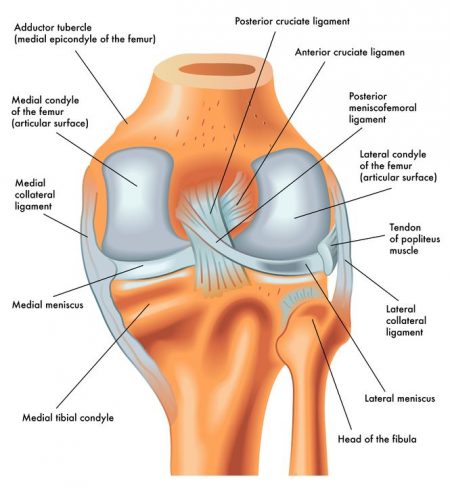

Personal trainers are well-versed in working muscles, but what about the tendons and ligaments that hold the muscles to each other and to bone? These…
READ MORE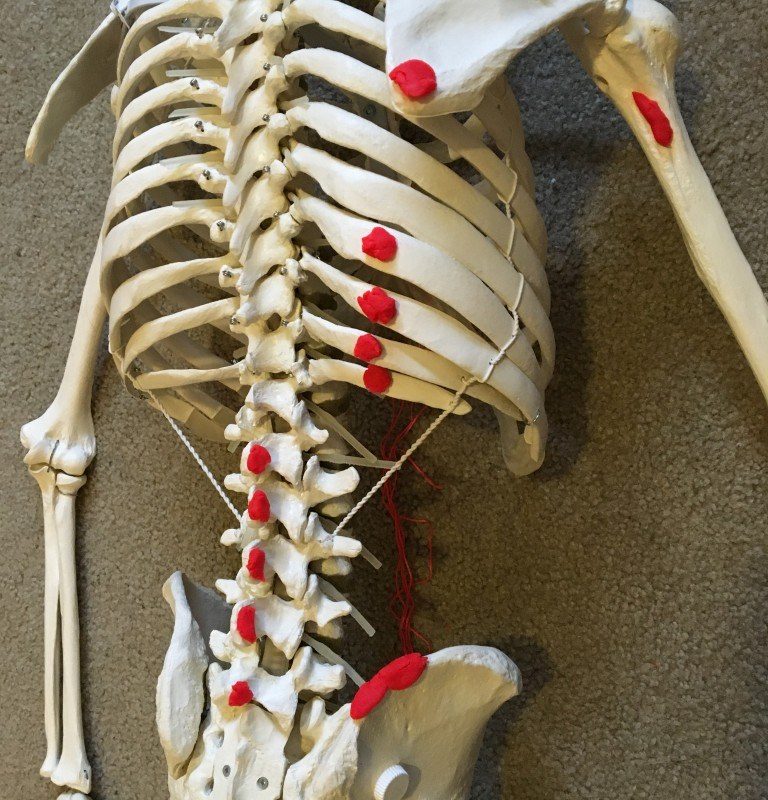
Latissimus Dorsi is often thought of as a back/shoulder muscle, but it has a major role in trunk movement. When training the core, it’s essential…
READ MORE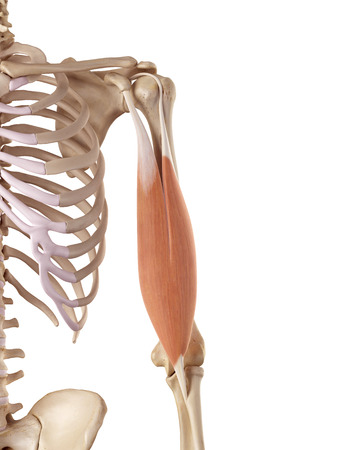
When personal trainers understand biceps anatomy and mechanics they’re able to cue clients more effectively, address strength imbalances, minimize risk of injury, and enhance training…
READ MORE
The rotator cuff has four muscles and enough motions, exercises and stretches for us to talk about it for 45 minutes! Get caught up on…
READ MORE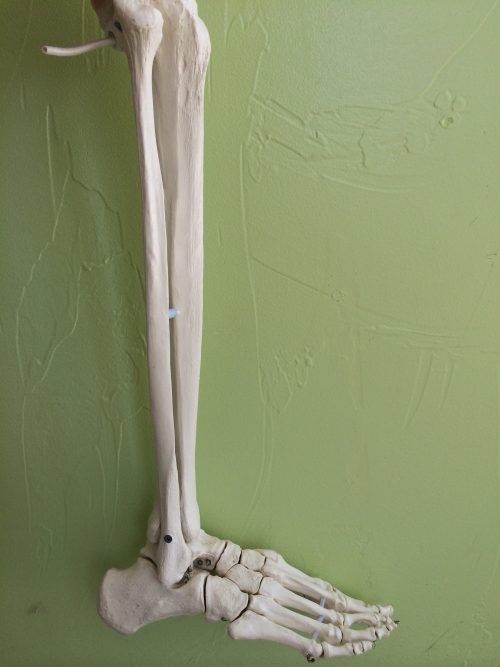
The words peroneus and fibularis are used interchangeably in anatomy. But, who needs an extra word to learn when you’re already trying to remember 600…
READ MORE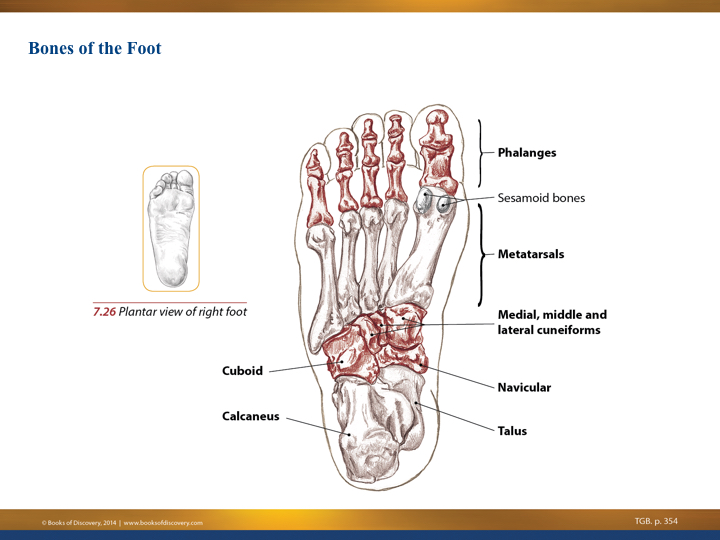
When a client asks you, “What do you think about arch supports?” You can respond by educating them and connecting them to the tibialis posterior…
READ MORE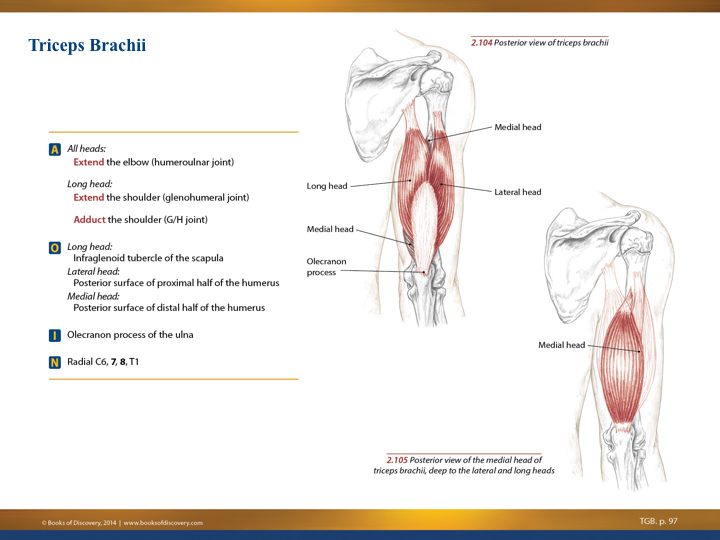
What’s the difference between doing triceps extensions with a pronated grip, supinated grip and neutral? This is a common question that arises about the many…
READ MORE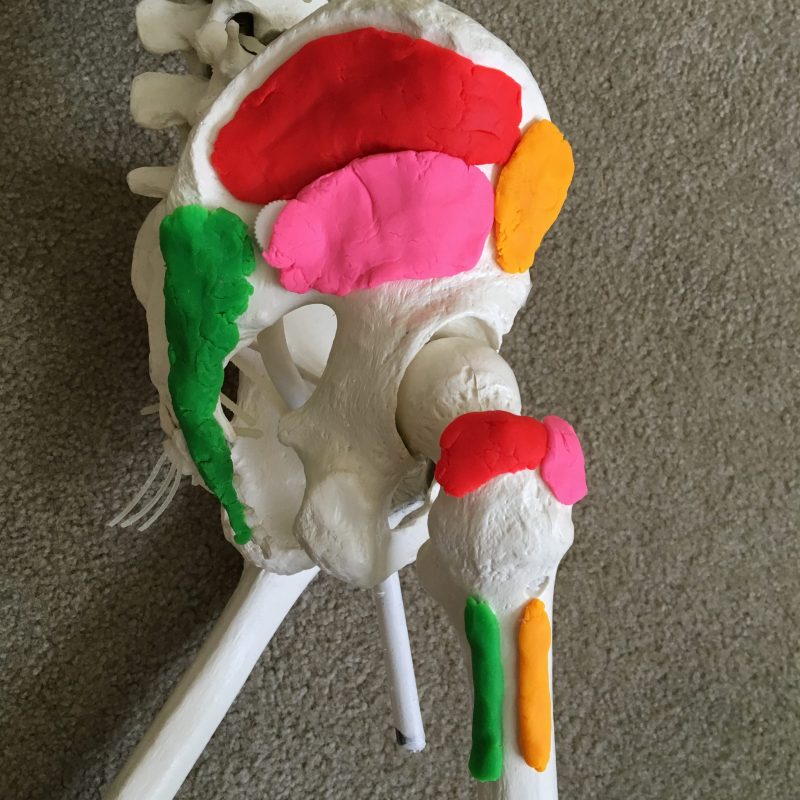
Instead of stretching the Iliotibial (IT) Band, turn your focus toward the muscles that connect to the IT Band and those that are part of…
READ MORE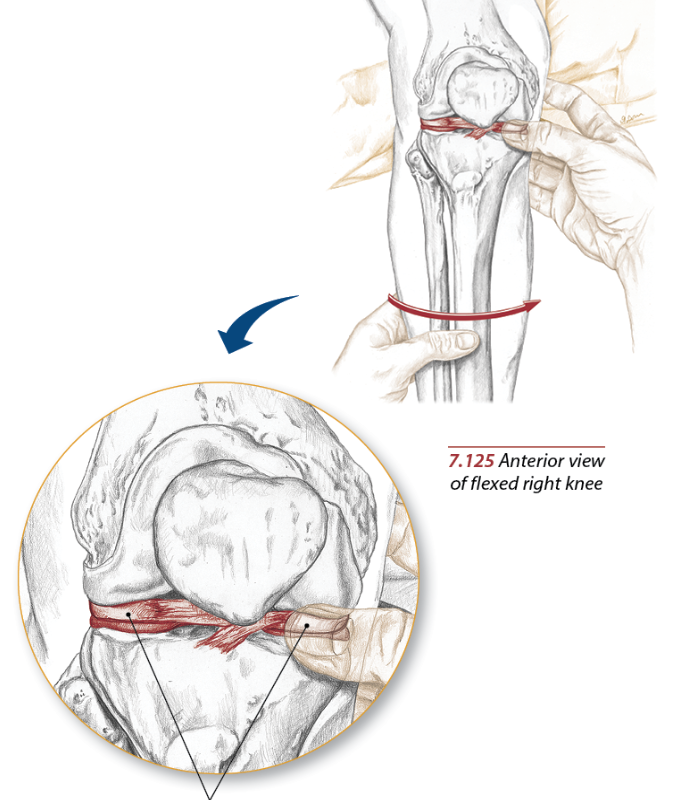
As a fitness trainer or coach, you will undoubtedly have to create an exercise program around aching knees for many of your clients because a…
READ MORE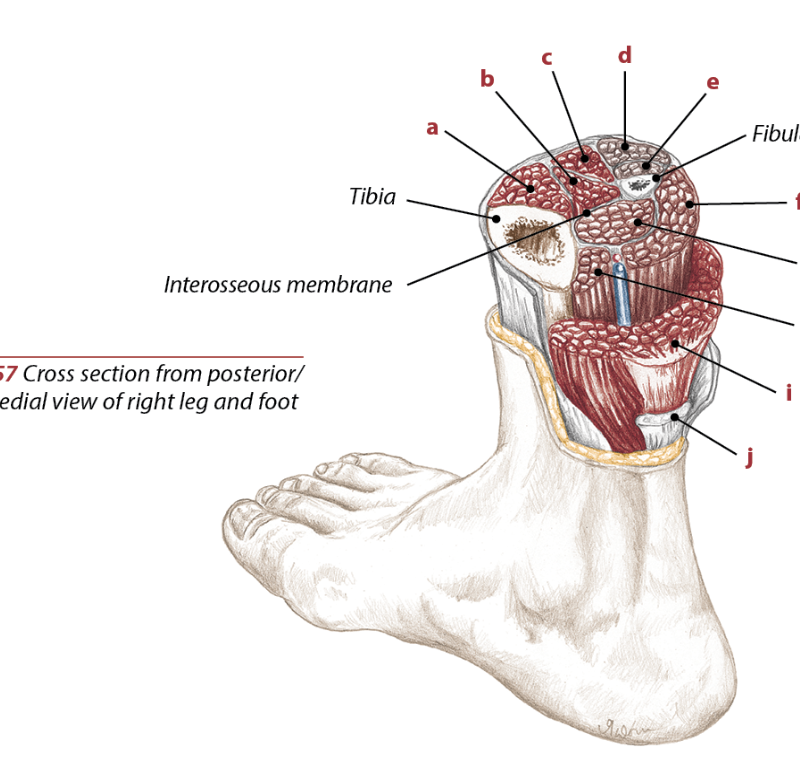
Identify the location of anterior tibialis and cue ankle and foot exercises more effectively with clients. I hope you are working your clients ankles and…
READ MORE
Identify the location of posterior tibialis and cue ankle and foot exercises more effectively with clients. Hopefully, you are doing foot and ankle exercises with…
READ MORE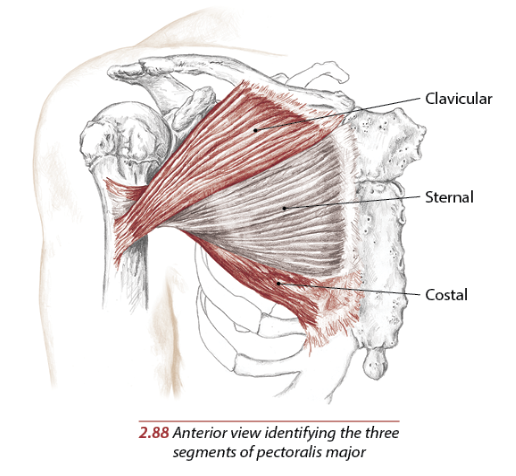
Knowing where pectoralis major is located, how it moves the surrounding bones, and what exercises strengthen it is essential for exercise programming. Pec major is a…
READ MORE